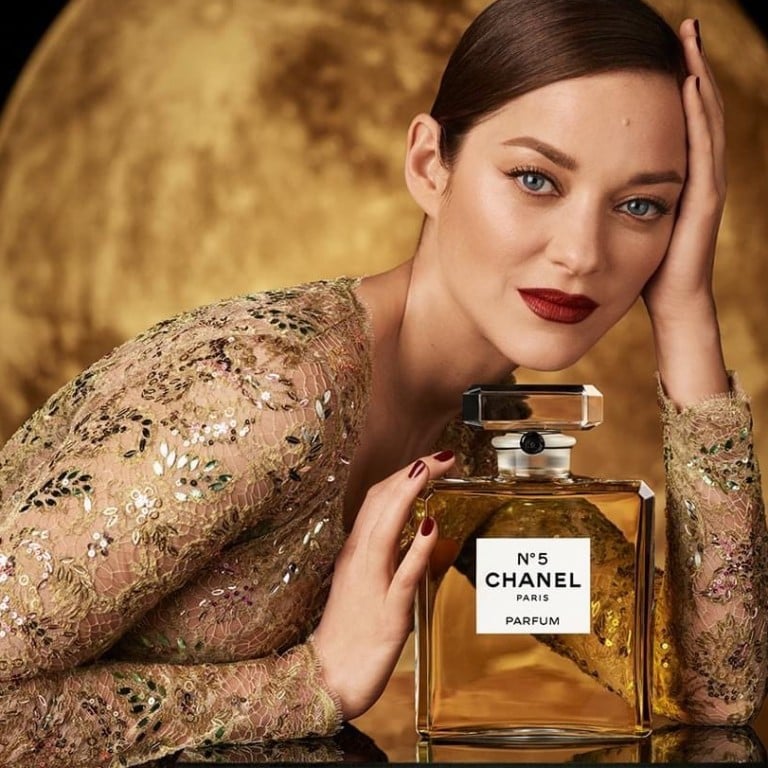
Is expensive perfume worth the money? What they have that cheaper ones may not, and how to choose the right scent for you
- Like a burger at a Michelin-star restaurant and one at a fast-food chain, high-quality ingredients separate a high-end scent from a budget-friendly one
- Base notes last the longest but are expensive to source, which is why cheap perfumes don’t tend to contain them and therefore don’t have staying power
There are a number of decisions to make before choosing a perfume, from finding your preferred quality, intensity and longevity to the brands and notes you like the most. No matter your preferences, though, there’s always the question of how much to spend and if it’s truly worth splashing out on a luxury fragrance.
Ingredient quality
Think of two hamburgers – one in a Michelin-star restaurant and another at a fast-food chain. Although they’re conceptually the same, the fancy restaurant will have access to high-quality ingredients that are less processed and deeper in flavour. The same happens with scents – high-end perfume houses have access to better ingredients.
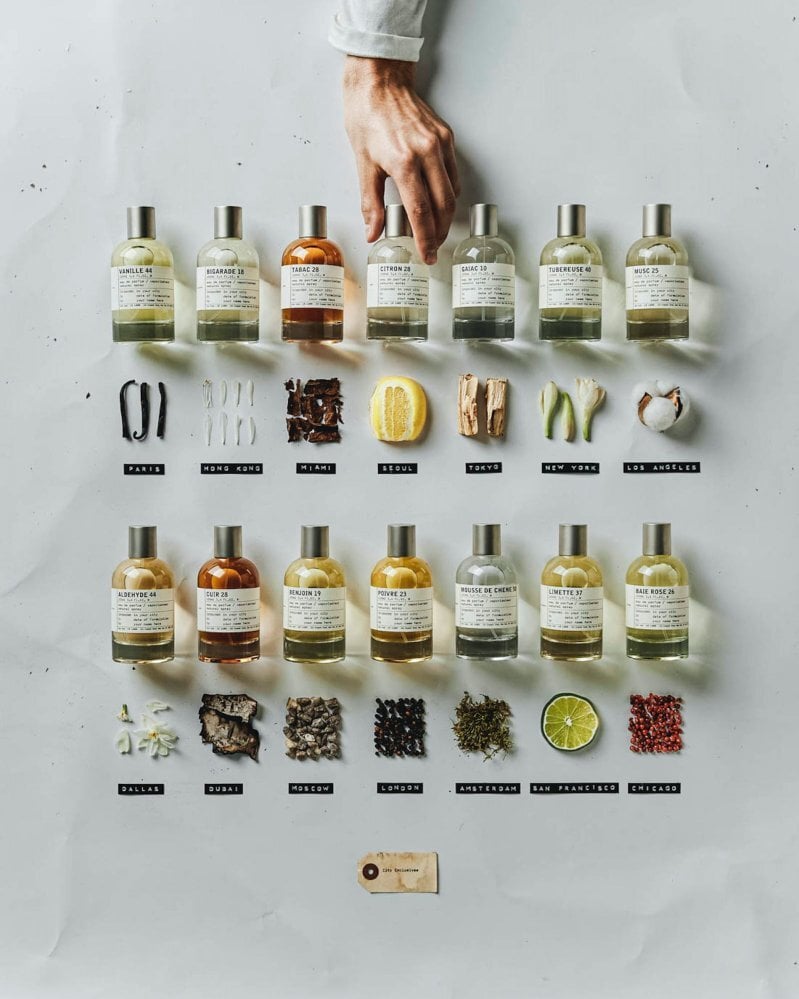
While makers of high-end perfumes prioritise natural ingredients, both luxury and inexpensive brands include a ratio of synthetic ingredients in their formulas. Some of the most popular extracts, such as musk, are now synthetic-only, as animal sourcing has been banned.
Trying to get pregnant? Why your cosmetics could be affecting conception
Longevity and oil concentration
Have you heard the terms parfum, eau de parfum, eau de toilette, eau de cologne, and eau fraîche? These indicate the percentage of perfume oil in every formula. Parfum carries the highest amount (20-30 per cent concentration) and eau fraîche the lowest (1-3 per cent). The higher the oil concentration used in a fragrance, the more expensive it will be to develop and buy.
A higher oil concentration means a perfume will last longer on your skin and adds a complex, multidimensional quality to the fragrance – but while that’s a trait some may enjoy, budget scents provide more straightforward, single-note aromas for those in search of something simpler.
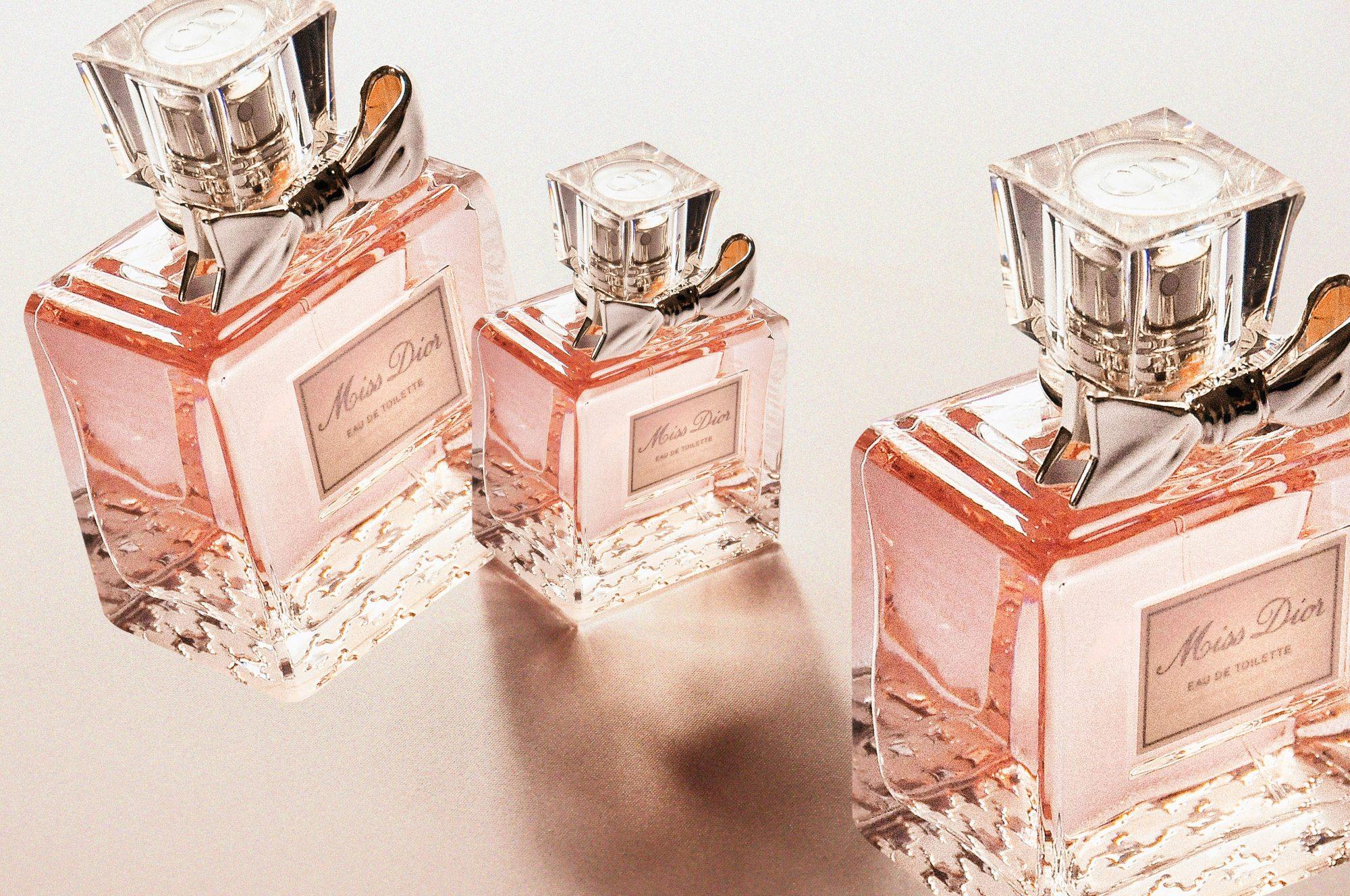
Sweetness levels
Of course, sweeter doesn’t necessarily mean lower quality, and if you are into sweet aromas there just may be a wider price point spectrum to choose from.
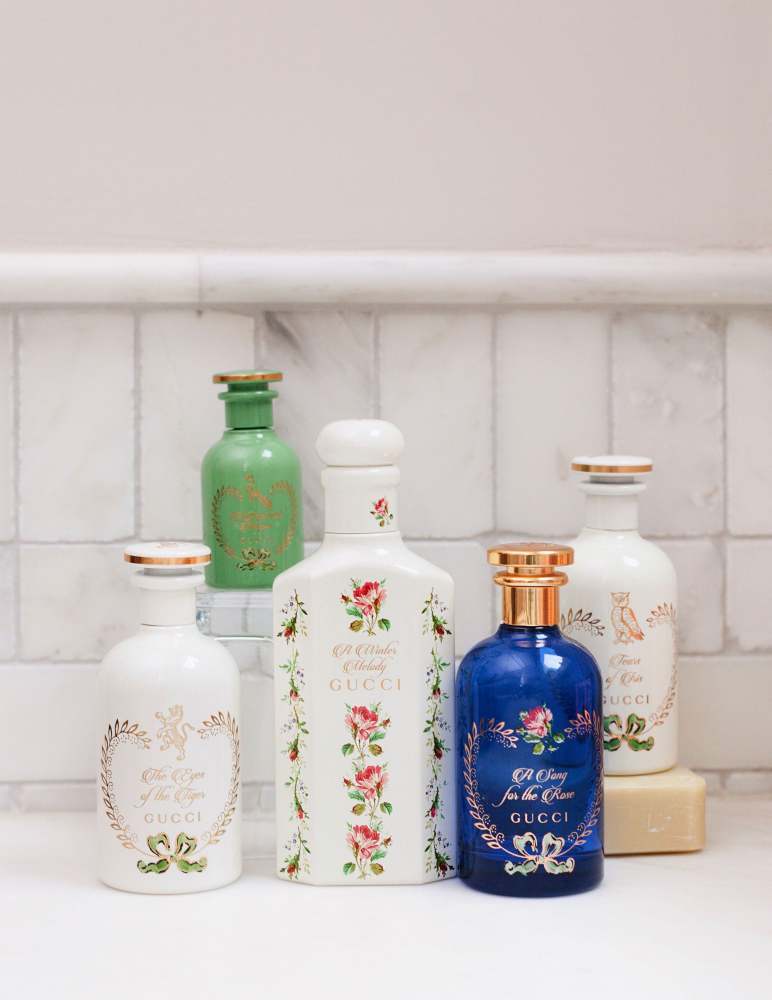
Fragrance layers
While all these attributes are important, the biggest difference between costly and more affordable scents is their layers. More often than not, a luxury perfume will be built with numerous fragrance layers composed of top, mid and base notes, where each note is an indicator of time-release.
“The top notes you smell immediately and last about half an hour, the mid notes develop after half an hour for two to four hours after that. Then come the base notes, which is what is left on your skin at the end of the day,” explains Tatiana Estevez, perfume maker and former aromatherapist. She says adding this attribute to a formula makes it more expensive.
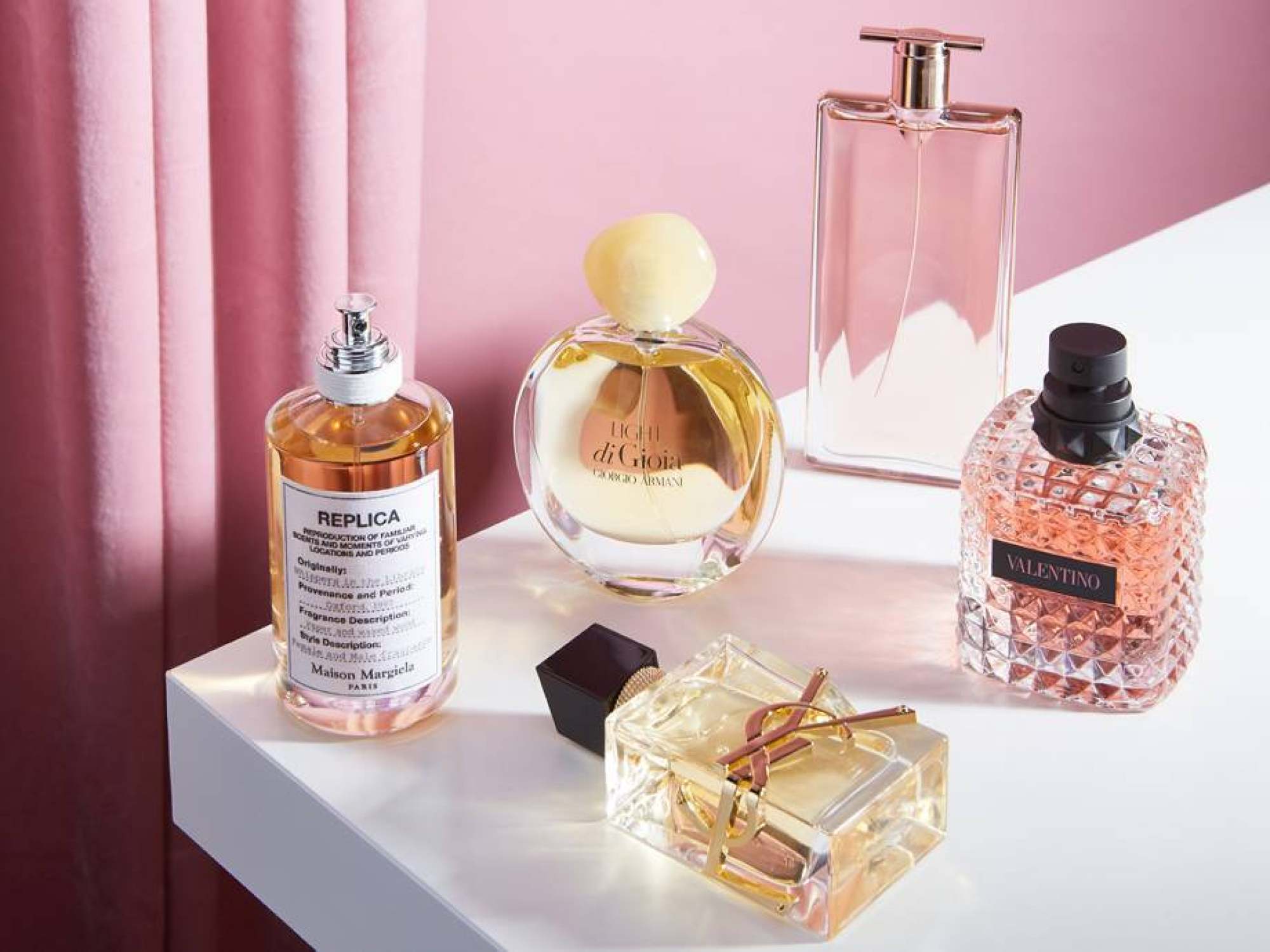
That’s why cheaper fragrances are said to not last long, because typically they’ll feature top and mid notes but rarely a base note, as they are expensive to source.
This is why so-called “fragrance dupes” can’t really compete with their originals; while they may be able to replicate the top notes, by leaving out mid and base notes in pursuit of a lower price the dupe may smell completely different or develop a weird after-scent as the day goes by.
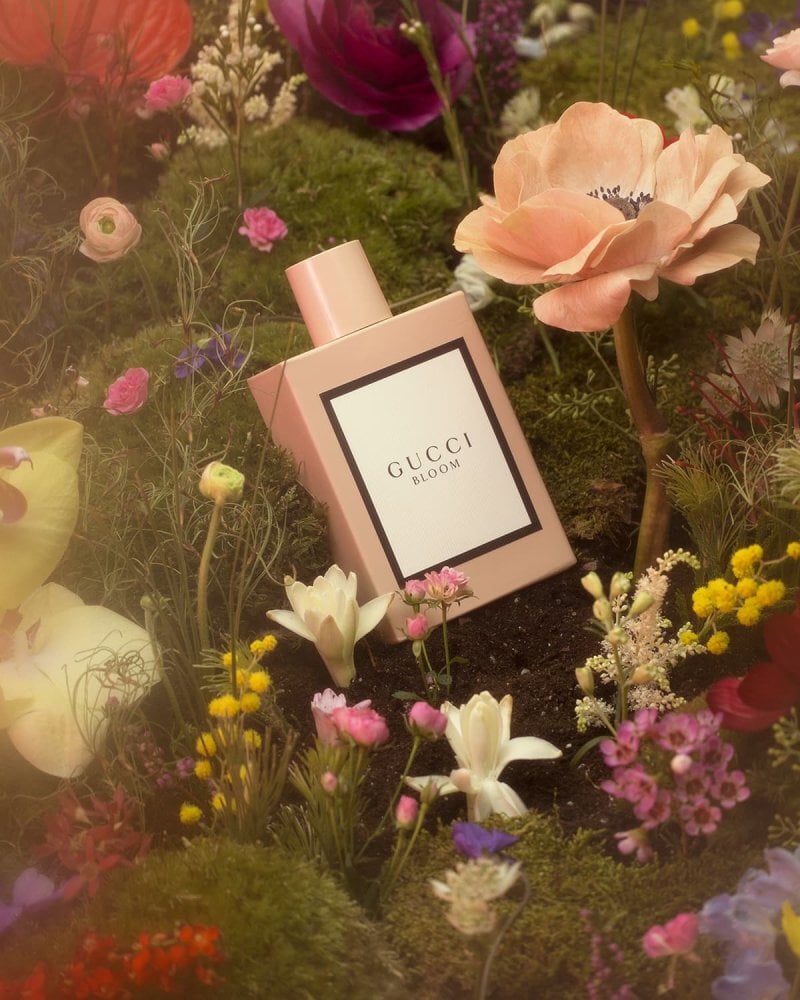
The bottom line
In the long run, it’s a matter of personal taste and knowing what you’re actually getting inside of that bottle. It’s important to keep in mind that pricing will not always be a reflection of quality, but also of the packaging, marketing and brand power.
While pricing can be used as an initial marker, what matters is finding a fragrance that captivates your senses. Ultimately, what makes a scent appealing is how it subconsciously connects to our memories and life experiences, and all the possible ways we associate that particular smell with people, moments or wishes.

